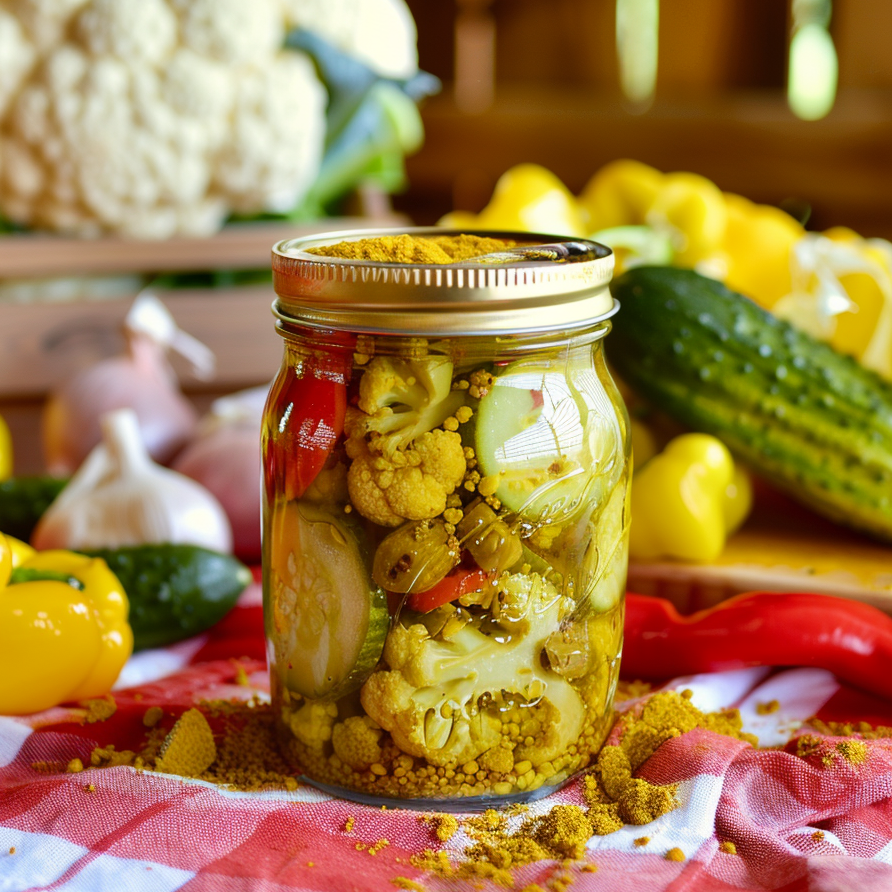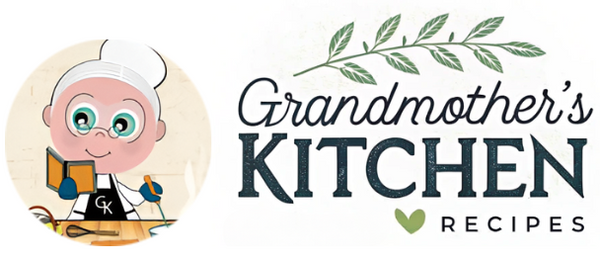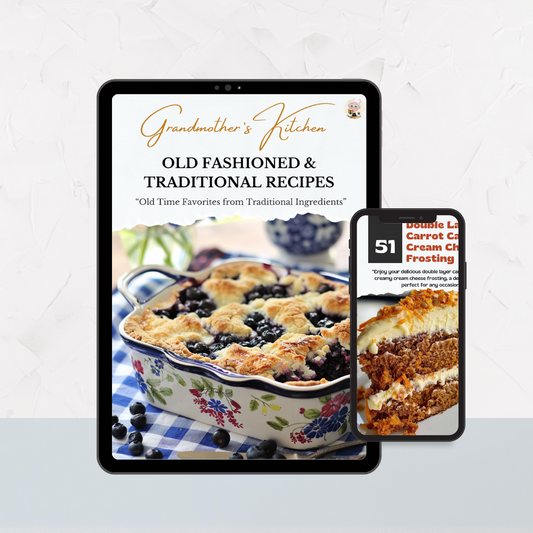How to Make Old-Fashioned Mustard Pickles at Home

Share
Old-Fashioned Mustard Pickles: A Step-by-Step Guide
Making mustard pickles has always been a cherished family tradition for us, especially during the fall when the harvest is plentiful. My sisters and I love gathering at my sister's home, just like we used to with our mother, to prepare this tangy, slightly spicy condiment. The process of chopping the vegetables, preparing the brine, and filling the jars is not just about making delicious pickles but also about reminiscing and creating new memories together. These pickles are special, reserved for our Thanksgiving and Christmas dinners, adding a burst of flavor to our holiday meals. The combination of cauliflower, cucumbers, onions, and peppers in a rich mustard sauce creates a condiment that’s both nostalgic and beloved in our family.
Did You Know?
Mustard has been used as a spice and condiment for thousands of years. Ancient Romans mixed ground mustard seeds with wine to create a paste similar to modern mustard. This versatile ingredient adds a unique flavor and a healthy dose of antioxidants to pickles.
Yield: 6-7 pints
Ingredients:
- 1 medium cauliflower, cut into florets (about 4 cups)
- 4 cups sliced cucumbers
- 2 cups sliced onions
- 1 cup sliced green bell peppers
- 1 cup sliced red bell peppers
- 1/2 cup pickling salt
- 4 cups white vinegar (5% acidity)
- 3 cups granulated sugar
- 1/4 cup dry mustard powder
- 1/4 cup turmeric
- 1/4 cup mustard seeds
- 1/4 cup cornstarch
- 2 cups water
Instructions:
Personal Tip: Make sure to cut your vegetables into uniform sizes to ensure they cook evenly and fit neatly into the jars.
1. Prepare the Vegetables:
Chop Vegetables: Cut cauliflower into florets, slice cucumbers, onions, and bell peppers.
Salt and Soak: In a large bowl, combine vegetables with salt. Cover with water and let stand for 4-6 hours or overnight in the refrigerator. This helps to crisp the vegetables.
Personal Tip: Soaking the vegetables overnight not only crisps them up but also allows the flavors to start melding together.
2. Prepare the Jars:
Sterilize Jars: Wash jars, lids, and bands in hot, soapy water. Rinse well. Place jars in a large pot, cover with water, and boil for 10 minutes. Keep jars hot until ready to use.
Prepare Lids: Heat lids in simmering water (not boiling) until ready for use. Do not boil. Set bands aside.
Personal Tip: Sterilization is crucial to prevent spoilage and extend the shelf life of your pickles.
3. Make the Mustard Sauce:
Mix Dry Ingredients: In a bowl, mix dry mustard powder, turmeric, mustard seeds, and cornstarch.
Cook Sauce: In a large pot, combine vinegar, sugar, and water. Stir in the dry ingredients. Bring to a boil over medium heat, stirring constantly until thickened and smooth, about 5 minutes.
Personal Tip: Stir constantly to avoid lumps in the sauce and ensure it thickens evenly.
4. Combine Vegetables and Sauce:
Drain and Rinse Vegetables: Drain vegetables and rinse under cold water to remove excess salt. Drain well.
Simmer with Sauce: Add vegetables to the pot with the mustard sauce. Simmer for 10 minutes, stirring occasionally to ensure even coating.
Personal Tip: Simmering the vegetables in the sauce infuses them with flavor while maintaining their crunch.
5. Pack the Jars:
Pack Vegetables and Sauce: Using a ladle, pack hot vegetables into hot jars, leaving 1/2-inch headspace. Pour hot mustard sauce over the vegetables, maintaining the 1/2-inch headspace.
Remove Air Bubbles: Run a non-metallic spatula around the inside of the jar to remove air bubbles.
Wipe Rims and Apply Lids: Wipe jar rims with a clean, damp cloth. Apply lids and screw bands until fingertip tight.
Personal Tip: Properly removing air bubbles helps prevent spoilage and ensures a long shelf life.
6. Process the Jars:
Boiling Water Bath: Place jars in a boiling water canner. Ensure they are covered by at least 1-2 inches of water. Process for 15 minutes.
Cool Jars: Remove jars and place them on a towel to cool for 12-24 hours. Do not disturb while cooling.
Check Seals: After cooling, check seals. Lids should not flex up and down when pressed. Store in a cool, dark place for up to a year.
Nutritional Information (Per Serving - 2 tablespoons of mustard pickles):
Calories: 20, Protein: 0g, Carbohydrates: 5g, Fat: 0g, Sugars: 4g
Kitchen Tips, Great Ideas, How to Save Money:
- Choose Fresh Vegetables: Select firm, unblemished cauliflower, cucumbers, onions, and bell peppers for the best flavor and texture.
- Salt and Soak: Soaking the vegetables in salt water helps to draw out excess moisture, ensuring crisp pickles.
- Sterilization is Key: Always sterilize jars and lids to prevent contamination and ensure a long shelf life.
- Proper Sealing: Ensure lids are fingertip tight, not over-tightened, to allow air to escape during processing.
- Headspace is Important: Leave the correct amount of headspace to allow for expansion during processing and to ensure a proper seal.
- Remove Air Bubbles: Removing air bubbles prevents trapped air, which can lead to spoilage. Use a non-metallic utensil to avoid damaging jars.
- Storage Conditions: Store pickled mustard vegetables in a cool, dark place to maintain quality and prevent spoilage. Avoid storing near heat sources or in direct sunlight.
- Labeling Jars: Always label jars with the date and contents. This helps keep track of inventory and ensures you use older jars first.
- Reuse and Recycle: Save money by reusing jars from store-bought products. Just ensure they are properly sterilized before use.
- Flavor Enhancements: Feel free to experiment with additional spices like celery seed or bay leaves to customize the flavor of your mustard pickles.
What Makes These Mustard Pickles Special
These mustard pickles are more than just a condiment; they’re a tradition that brings my family together. The distinct flavor, with its tangy and slightly spicy notes, is unmatched by anything store-bought. Every time I pop the lid of a jar, I can't resist sneaking several bites before they even make it into the bowl. There’s something about that first cold, crisp bite that just brings back memories of us laughing and teasing each other in the kitchen. We’d always joke that the pickles wouldn’t last long if everyone kept nibbling right out of the jar. And honestly, they’re best enjoyed nice and cold, straight from the fridge—the perfect way to savor all the love and effort that went into making them with my sisters.


